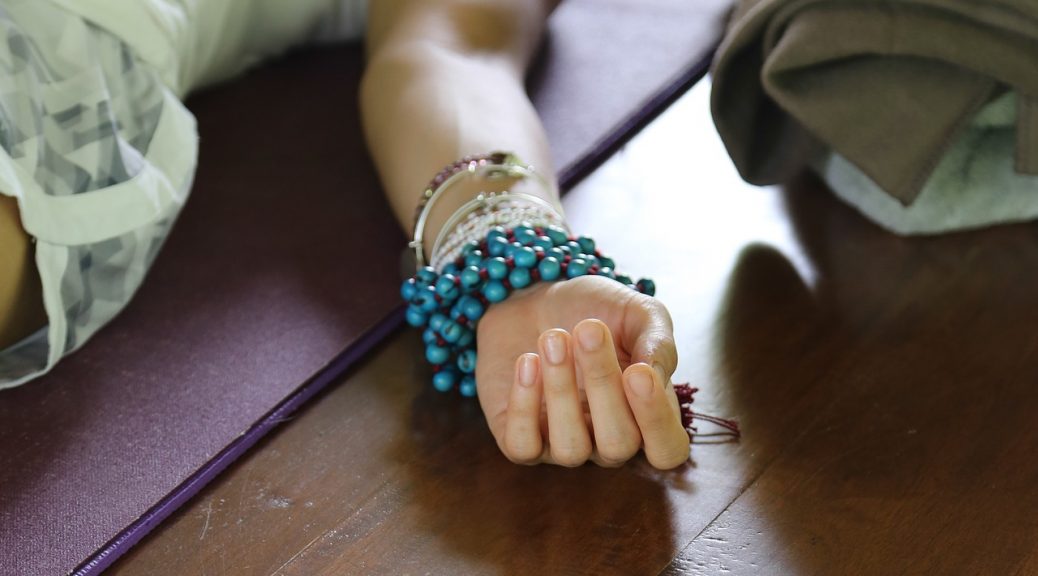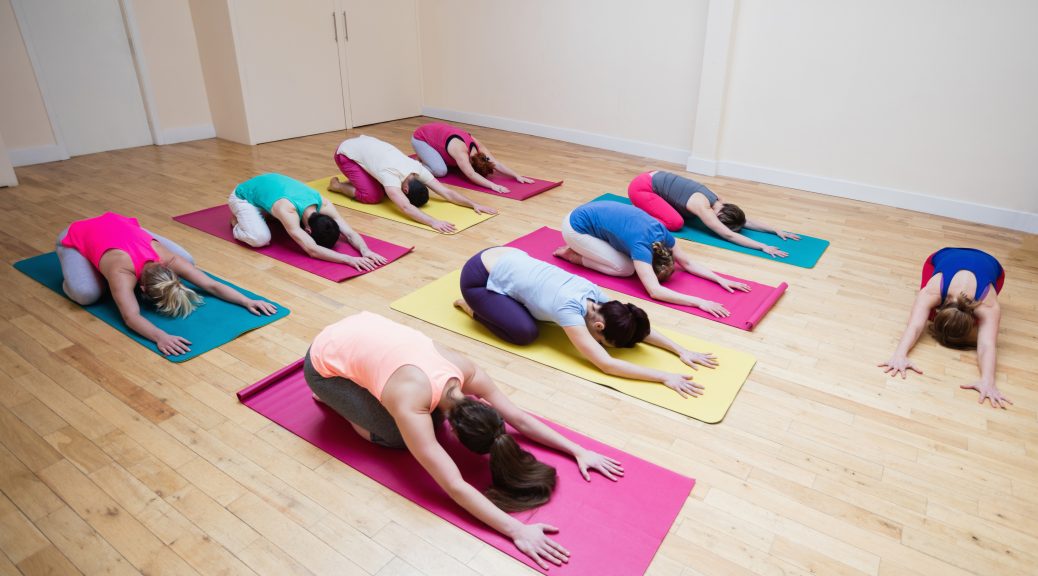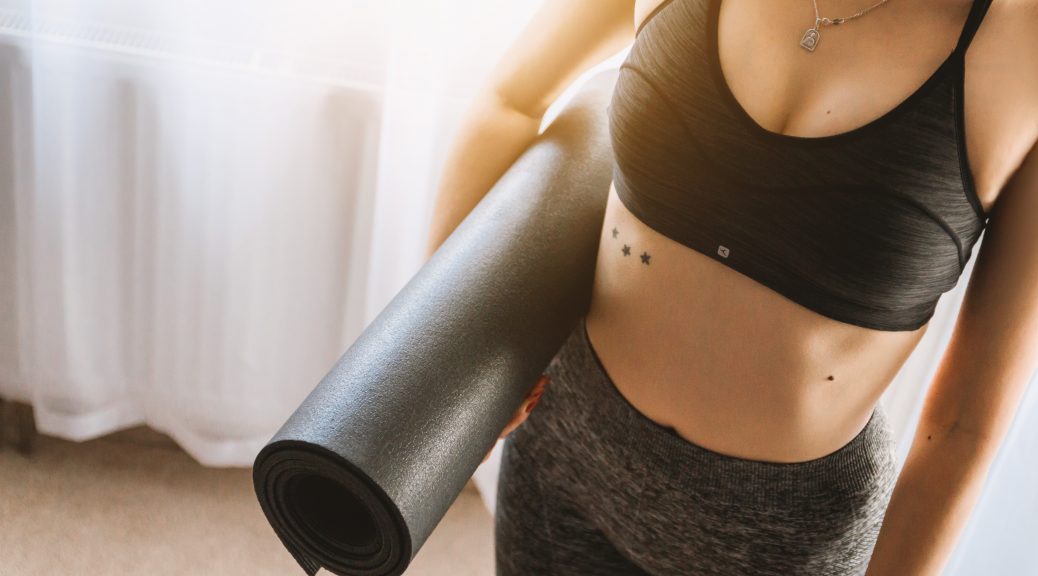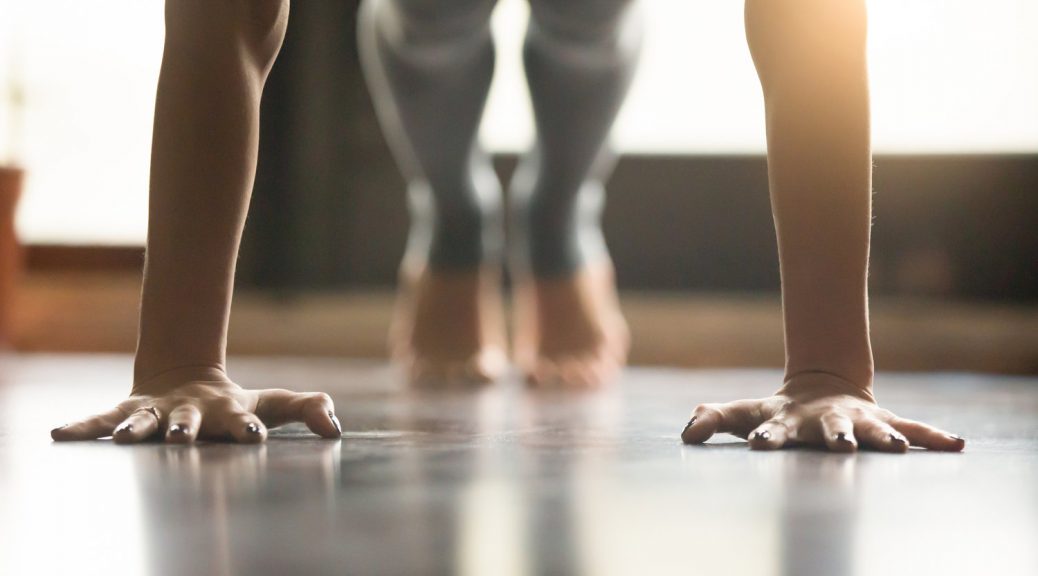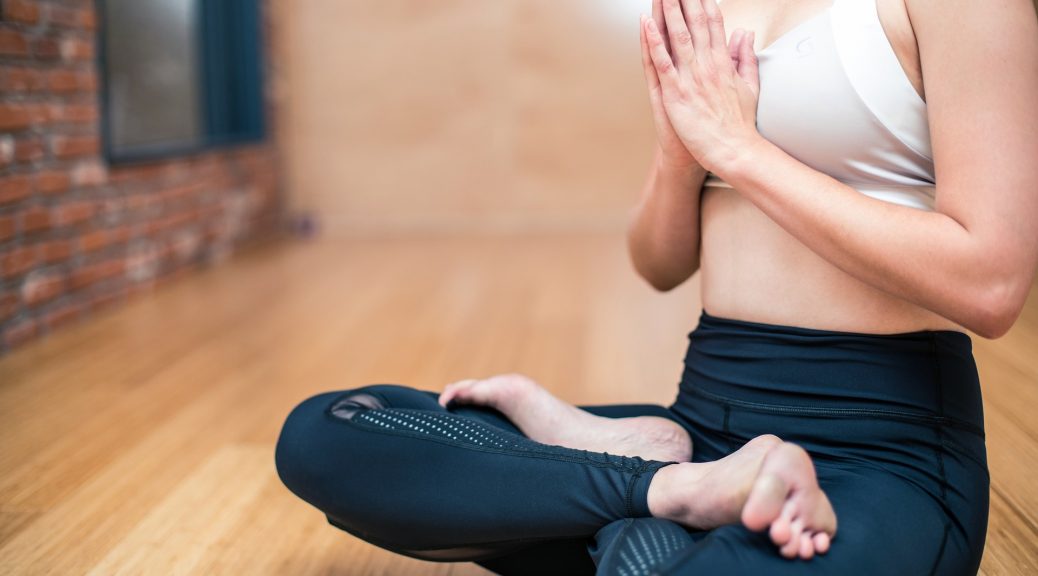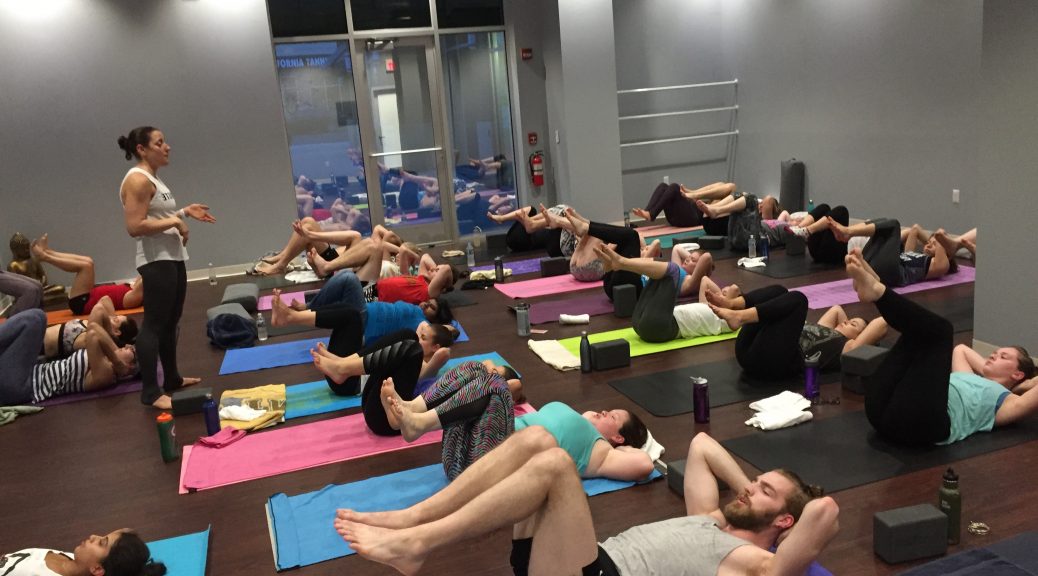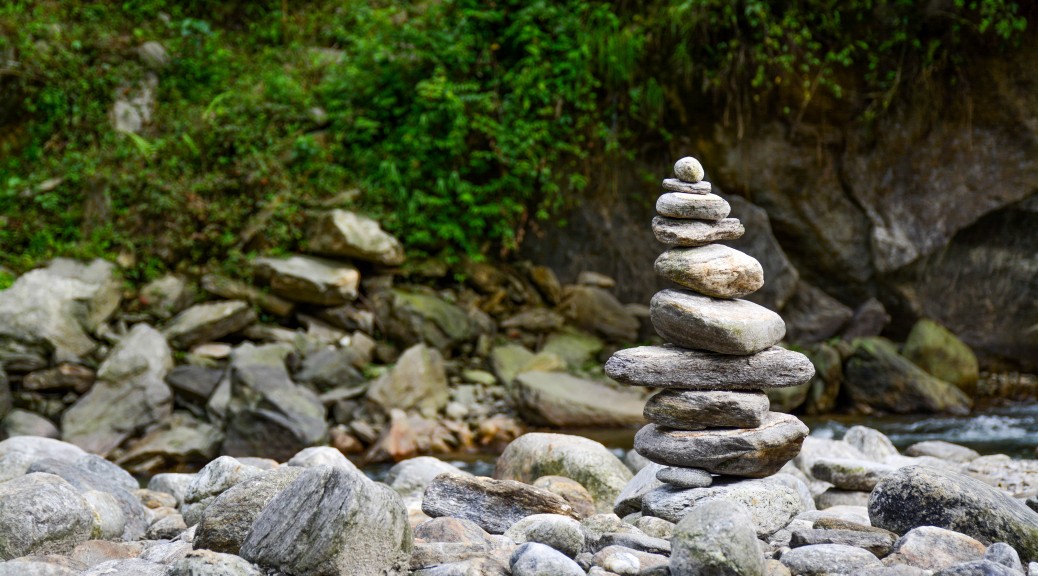Yoga can be a very effective tool to help endurance athletes make huge performance and recovery gains by adding yoga to their training.
One of the best forms of yoga for athletes is vinyasa yoga. Vinyasa yoga is a type of moving meditation that links movement (asana) and breath (pranayama). Through breathwork alone, taught in a yoga class, athletes can begin to increase their cardiovascular and physical endurance, help them lower their heart rate, decrease anxiety, create more mental alertness, and even better proprioceptive balance.
When most people think about yoga, they think about a bunch of boring stretches. However, yoga is more than that and can be very fun.
Endurance athletes, such as triathletes, should consider adding yoga to their weekly training schedule. Yoga is a great way to help triathletes prevent injuries to settling pre-race jitters. Yoga can help you achieve a sense of balance, allow you to become more intune with your body, increase flexibility, balance, strength, prevent injuries, as well as help with mental toughness.
HERE’S HOW:
Flexibility:
Flexibility is a big part of yoga because practicing the different postures will help to stretch tight muscles and encourage use of your full range of motion. Tight muscles are more prone to acute injury, (i.e. muscle strains and tears), so loosening up those tight spots will help prevent such injuries.
Beyond physical flexibility, yoga also helps increase flexibility of the mind. The poses, breath exercises, and meditation practices all encourage focus on the present moment which is a great benefit during a race.
Strength:
Yoga helps create whole-body functional strength and encourages greater awareness of the body and the breath.
Yoga helps promote joint stability and trains the muscles and tendons to stabilize the joints, which will help greater power and fluidity in sports.
Yoga also increase core strength, not just in poses that specifically target the core, but also in standing and balancing poses.
Holding challenging poses also teaches mental strength. On the mat, you will observe your mental and emotional reactions to your physical situation and learn ways to manage intensity. When you encounter similarly intense situations on race day or in life, you’ll have experience with using your breath and your form to find strength.
Balance:
Yoga helps with balance of the body and the mind. There are many balancing poses that help strengthen your body, but also make you more aware of your body’s center of gravity and how to move as a unit. Yoga helps you move through different planes and through dimensional balance, rather than just in a linear pattern. Yoga also teaches you to find stillness, quiet your mind, and be more present. This can help build the mental strength athletes need to reach their goals.
Injury Prevention:
A regular and well-rounded yoga practice will help bring the body into symmetrical alignment, correcting flexibility and strength imbalances in the soft tissues. Yoga poses also facilitate a self-awareness that can help you notice your own skeletal misalignments.
Yoga can do wonders in addressing underlying unbalances and instabilities that lead to overuse injuries. When we train a lot, our body become stressed and this can over take the sympathetic nervous system (which prepares you for fight or flight) and the adrenal glands. Instead, yoga can help you engage the parasympathetic nervous system (which allows you to relax and save energy) and restore balance to the body. This in turn will help you to sleep better & recover faster.
Mental Training:
Yoga teaches you to remain calm and breathe in intense situations/poses i.e. heart opening or hip opening poses. It helps you to bring your awareness to your form and your breath to make the situation manageable. This skill is invaluable when you encounter a similar intensity in training. Yoga will help teach you to cope and manage difficult tasks.
What are you waiting for?
With a small commitment to yoga, you can increase your flexibility, strength, focus and, most importantly your balance. There are many ways in which creating balance in your every day, as well as in your training, can help you as an athlete.
Ready to take a class?
Visit Empower Yoga!
Empower yoga is hot vinyasa style studio. During our vigorous flow, students will move with breath and begin to build muscle tone, core strength, and increase their endurance. It is very strengthening and detoxifying. Each class is set to inspiring, fun, and upbeat playlist. You’ll leave feeling stronger, empowered, and renewed. We make all of our classes challenging, fun and accessible!





